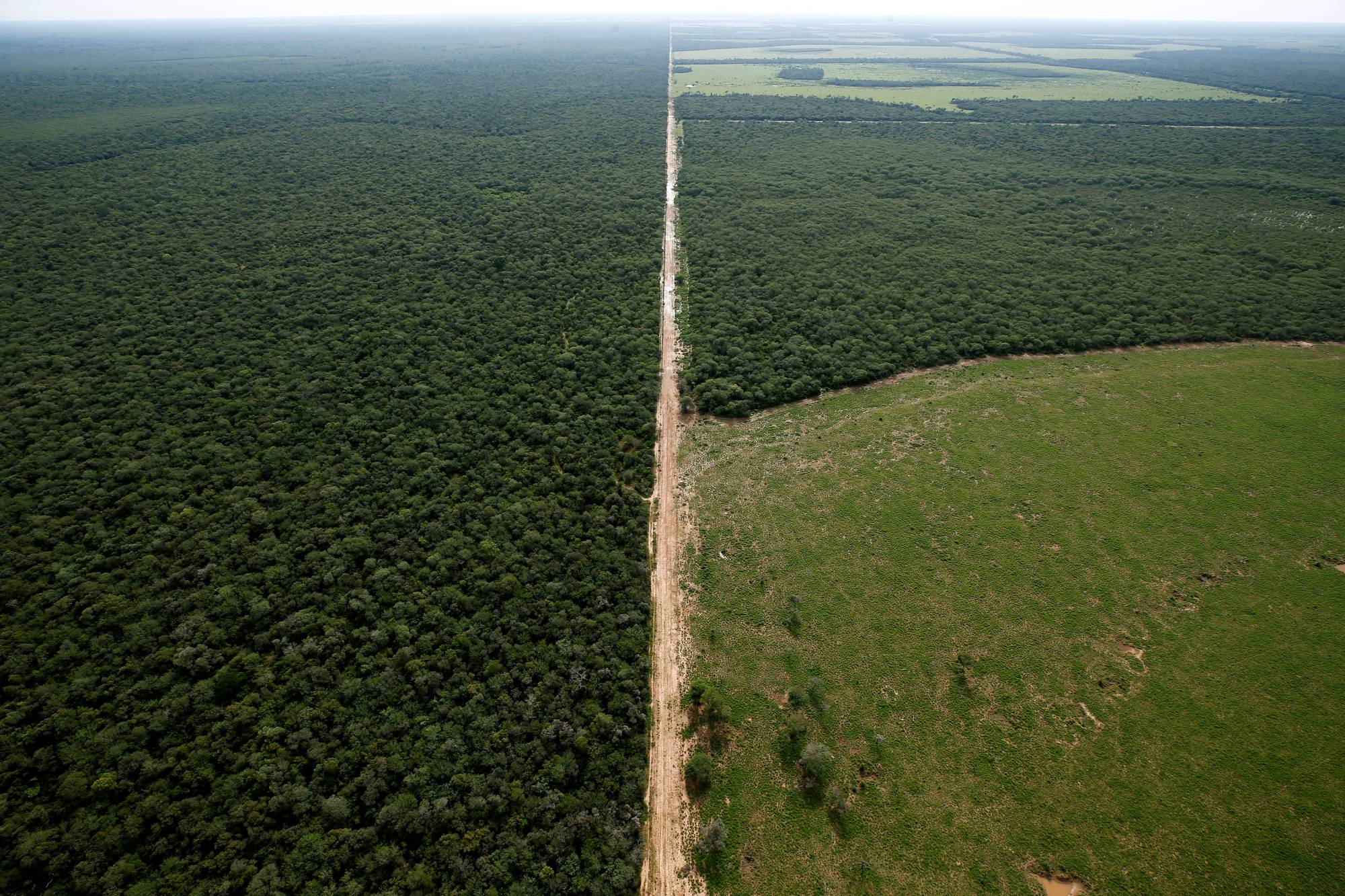In the vast Chaco forests of northern Argentina, Noole rests from the fierce sun in the scented shade of dark carob trees on a small farm where her family grows watermelons and potatoes to eat or sell at market.
For Noole, an Indigenous Pilaga, and her brother Jose Rolando Fernandez, the trees set the natural rhythm of life, providing food, water and cool in this sparsely populated and remote corner of South America that is home to the continent's second largest woodland after the Amazon.
But that habitat is facing growing pressures as trees are removed to make way for large-scale farms of soy and cattle to meet global food demand.



